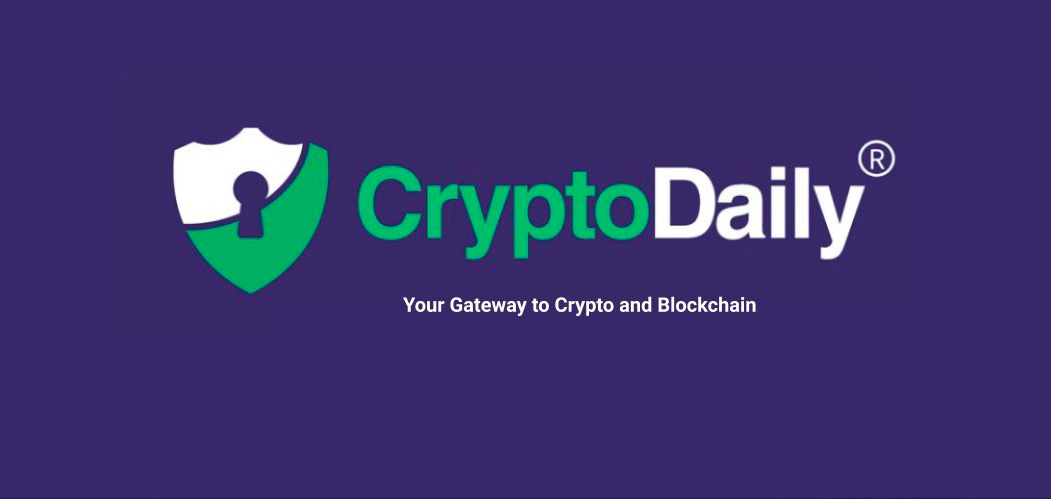For anyone who has been paying attention to digital asset onramp Coinbase over the past year or so, it’s obvious that the company has fallen in love with Ethereum and Bitcoin is no longer the main area of focus. During the recent DFJ Summit, angel investor and This Week in Startups Host Jason Calacanis asked Coinbase CEO Brian Armstrong to explain why his love for Bitcoin has faded. Armstrong’s own preference for Ethereum is well-documented at this point. According to Fortune, he currently holds more ether than he does bitcoin. On top of that, fellow Coinbase co-founder Fred Ehrsam has written multiple Medium posts about the merits of Ethereum over the past 18 months.
Perhaps most notably, Ehrsam published a piece called “Ethereum is the Forefront of Digital Currency” in May of 2016. Earlier this year, Coinbase revealed their mobile Ethereum browser called Toshi.
How Bitcoin Broke Brian’s Heart
When Calacanis first brought up the issue of Bitcoin versus Ethereum, Armstrong was quick to point out that he still holds bitcoin (along with ether and litecoin). “I think bitcoin was my first true love, but it did break my heart a little bit,” said Armstrong when pushed to clarify his position further. Armstrong went on to explain that he saw Bitcoin as an open financial system where payments could be made quickly, cheaply, and globally. The Coinbase CEO also mentioned the endless innovation that could take place on top of this sort of programmable money.
“Bitcoin ended up not scaling to be that,” said Armstrong. “Right now, it’s ended up being a little more like digital gold. People are using it to kind of flee in times of uncertainty or to hold large amounts of it, but the transactions are too expensive on Bitcoin right now.” In Armstrong’s view, Bitcoin could operate at Visa scale, while cutting costs by two or three orders of magnitude. “It could be something on the order of one cent U.S. or less [each] to send every payment in the world,” said Armstrong.
“That’s where we need to get. Bitcoin, right now, only can do about three to five transactions a second. Visa does about 4,000 a second, so we’ve got a couple of orders of magnitude to go.” While Bitcoin is going in the direction of a layered approach to scaling where all activity does not take place on the base blockchain (perhaps most notably via the Lightning Network), Armstrong noted that the vision of on-chain scaling is still being worked on by Bitcoin Cash and Ethereum. “That vision is going to be realized, but it was a little frustrating to not see the original Bitcoin get there,” said Armstrong.
What Ethereum Has to Offer
In terms of the benefits of Ethereum, Armstrong noted that, in his view, the Bitcoin alternative offers better scalability today.
“It’s actually doing about double the number of transactions per day as Bitcoin already, and their scaling plans — the roadmap, in my view, is much better,” said Armstrong. While Ethereum is able to offer more transactions at a lower monetary cost today, it should be noted that many experts question the scalability of Ethereum due to its focus on more complex applications (as opposed to the simple transactions seen on Bitcoin).
Even Ethereum researcher Vlad Zamfir has written that the network is not scalable. In terms of what Ethereum is used for today, Armstrong referred to the recent activity in the ICO market as a craze or bubble. “I would not be surprised if in the next six months or twelve months there’s some enforcement action by the SEC, some of these get slapped pretty hard, and there’s a bit of a correction in the industry,” said Armstrong. “And honestly, we’re probably due for that.” Having said that, Armstrong added that there is “something real” underlying the ICO boom.
Specifically, Armstrong sees value in a global, permissionless crowdfunding mechanism that can be launched at the click of a button. Additionally, Armstrong sees value in so-called “utility tokens”, and he offered Filecoin and Golem as two examples of such tokens. “It does make sense to me that those [protocols] should have their own, native token — just because it allows essentially the early adopters, you turn them into evangelists,” said Armstrong. “It’s a great way, as an entrepreneur, to create a network effect.” Skeptics of these sorts of protocol tokens also exist, with one noteworthy take referring to them as nothing more than snake oil.
Armstrong is also excited about Ethereum’s planned move from proof-of-work to proof-of-stake. When asked about the problem of mining centralization in Bitcoin, Armstrong responded, “Ethereum, actually, is the most exciting answer here because they’re working on proof-of-stake, which would actually eliminate mining. I think in a few years, most digital currency could be proof-of-stake and move away from mining, which would be great.” While Armstrong’s heart is now with Ethereum, he still sees large potential upside in the bitcoin price. When asked to make a prediction on the bitcoin price for ten years into the future, the Coinbase CEO said it would be $100,000.
Investment Disclaimer






